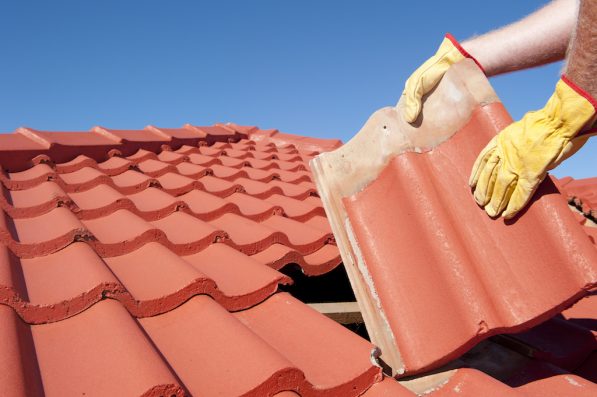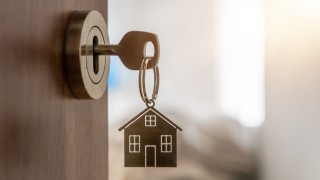Clay or concrete tiles are roofing materials of choice for many home owners. Its popularity is attributed to its great design features. Such features as inflammability, energy efficiency, characteristic beauty and durability. However, for it to live out its useful life (estimated to be about 100 years), you must have an elaborate maintenance plan.
Different roofs have different maintenance procedure. Here are a few guidelines to help you properly carry out maintenance on your tiled roof.
Roof inspection.
If you pay attention to your roof and observe it from time to time, it will be easy to spot any unusual development. That’s the whole essence of roof inspection.
Walk a few yards from your house to a point you have a clear view of the roof. Look at the general structure of the roof. For a better observation, you can view at different angles. Note any change from last time’s inspection. Deformations, fading roof color, missing tiles, pooling of water, presence of debris etc. would be some changes of concern.
After the distant look, come near for a closer look. You can use a ladder to hoist yourself up for a better view, but unless it’s very necessary don’t get on to the roof. Apart from being dangerous, you could easily damage the tiles.
From this vantage point, take a close look at individual tiles. Cracked, bent, chipped or loose tiles is an indication of damage that needs attention.
Roofing experts advise that roofs be inspected at least once every six months, or any other time after an extreme weather condition like a storm. In most cases, roof maintenance is scheduled during spring or fall. During spring to take care of any damage that could have happened during winter, and during fall to prepare the roof the extreme winter conditions.
While you can do the inspection on your own, it’s advisable to use the services of an expert. A trained eye can pick the slightest of defects.
Repairs and replacements.
The tiles that were picked out with defects during inspection should be repaired or replaced as soon as possible. The quick response is meant to prevent further damage and protect the integrity of surrounding tiles.
Unless you understand what you are doing, let a roofing pro sort you out. Trying a repair you are not sure of might cause further damage and lead to more costly corrective repairs.
Cleaning.
Microorganism and dirt need to be washed off the roof, and debris cleared to prevent it from clogging up and blocking gutters.
When washing your tiled roof, use a low pressure power washer. In the washer use warm water mixed with a roof friendly detergents. And do not aim your washer directly at the tiles, it may erode the tile or cause cracks.
If you cannot find a low pressure washer, wash it manually using a 6’’ trowel and wire brush.
Debris like leaves, moss and rubbish should be removed frequently. Trim and cut off tree branches overhanging the roof to cut off the source of debris. Never allow debris to accumulate. Blockage causes pooling of water which compromises the integrity of your tiles.
As you clean, walk on the tiles very carefully. They are fragile and can break under the weight of your body. If you don’t have a walkway built, improvise one with a foam treated plywood. As you walk on it your weight will be distributed and the tiles will not break.
Refurbish your tiled Roof.
There are a few additional measures you could put in place to improve the features of your tiles.
You can coat the roof with an alkyd primer to guard the tiles against the harmful sunrays and rain. The reflection of sunlight keeps the home cooler. This is called priming.
Painting is another measure. Heavy duty acrylic paint in addition to aesthetics improves tiles durability and waterproof capacity. It also prevents the growth of microorganisms.
Moreover, you can do some sealing. When clear acrylic sealant is applied on the tiles it restores color and improves its durability.
Florin is the a freelance copy writer, editor and a social networking fan.



